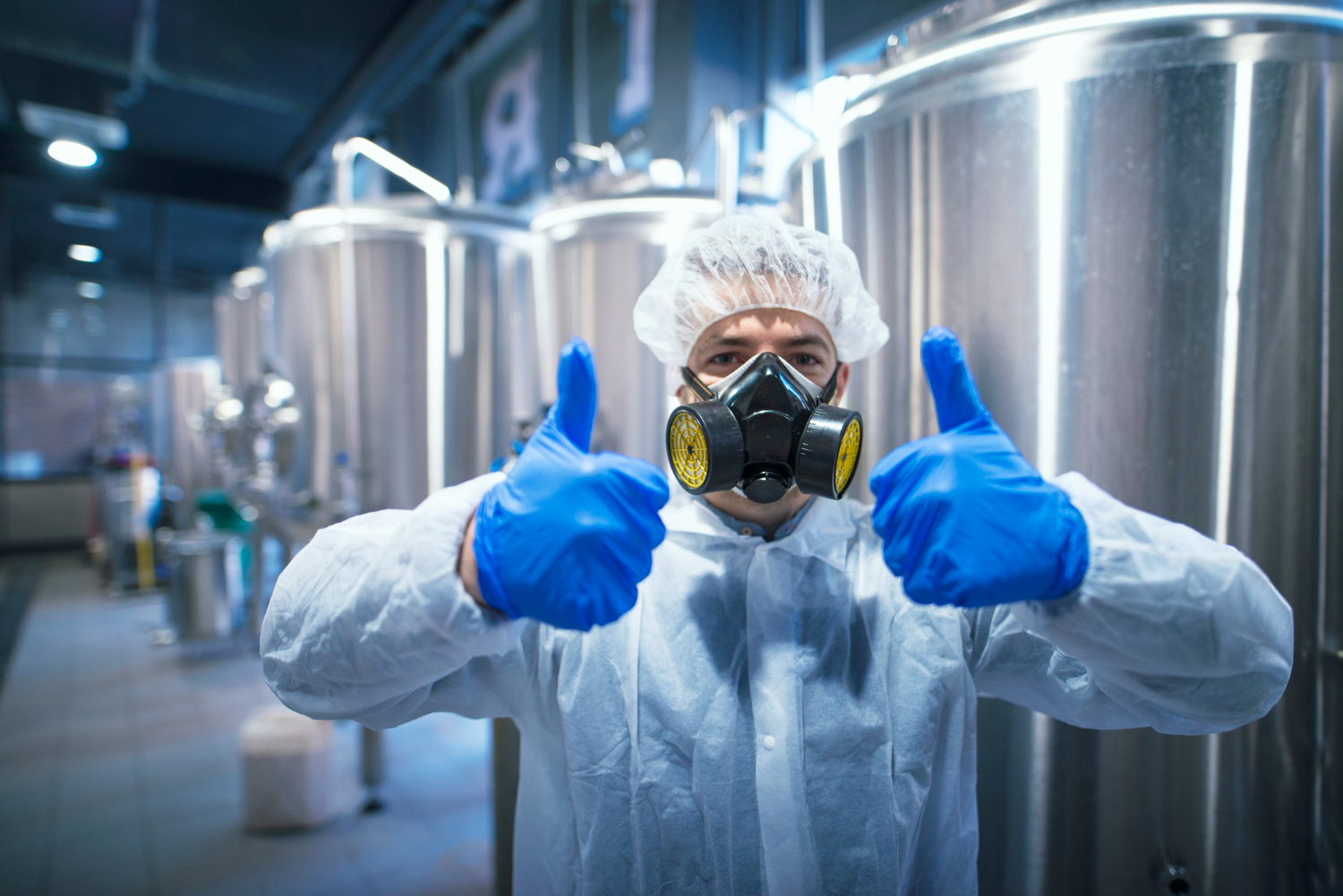Batch Failures And Contamination: The Broader Impact You Can’t Afford To Ignore

In pharmaceutical or medical device manufacturing, batch failures and contamination is much more than a technical error; it is an organizational disruption with wide-reaching implications.
Any contaminant breaching the confines of the controlled environment introduces a break in the chain that ripples through every part of the manufacturing ecosystem.
While a lost batch might seem the immediate casualty, the repercussions go even deeper: toward budgets, production schedules, supply chain stability, regulatory standing, and overall organizational credibility.
Where precision determines safety, contamination has a very costly, complex, and long-lasting aftermath.
The Expensive Chain Reaction Of Cleanup
Once contamination is detected, a cascade of corrective actions begins: a comprehensive investigation has to be launched by manufacturers, not only to clean up but also to find out the root cause, document findings, and outline a CAPA plan.
The process goes way beyond mere surface sanitation:
- Requalification of facilities to ensure airflow, pressure differentials, and cleanroom classifications still conform to GMP standards.
- Revalidation of equipment includes: sterilizers, isolators, HVAC systems, filling lines, and critical utilities.
- Review and reinforcement of environmental monitoring (EM) protocols; this may also include extended microbial and particle testing.
Additional sampling, trending analysis, and assessments to confirm the contamination has been fully eliminated.
Each of these activities involves specialized teams of microbiologists, quality personnel, engineering staff, and compliance experts.
As a result, their time and effort further add to downtime, which defers batch release timelines and perpetuates delays in production that impact the entire manufacturing schedule.
Financial fallout stacks up quickly:
- Discarded raw materials, intermediates, or finished batches
- Repeated sterility, bioburden, and endotoxin tests
- Duplicative qualification and validation studies
- More documentation and QA review cycles
- Extended labor hours and consultant fees
None of these unplanned costs go into project budgets. When combined, they can erode profit margins, overextend operational bandwidth, and force firms to reprioritize planned investments.
Supply Chain Strain And Workflow Interruptions
The effects of batch failures and contamination extend well beyond facility walls. Even in cases where product integrity is not conclusively compromised, manufacturers often must:
- Place batches on hold for further sterility or analytical testing
- Increase sampling frequency to verify system stability
There may be instances where it is necessary to slow down or temporarily stop production runs in order to prevent the spread of contamination.
These risk-mitigation steps are vital to the safety of patients, yet disrupt workflow and stress supply chain coordination.
For operations running near maximum capacity, it may lead to:
- Stock-outs of high-demand or life-saving therapies
- Missed delivery targets, compromising contracts
- Downstream bottlenecks where dependent operations cannot proceed
- Customer dissatisfaction is particularly problematic when healthcare providers rely on a steady supply.
Severe events may affect the global distribution and create the need for healthcare systems to seek substitutes that are costly or less optimal.
There are many different ways to overcome this barrier, which can come in various manifestations.
Equipment And Infrastructure Wear And Tear
Aggressive cleaning and sterilization protocols are required, but not without their consequences. To remove contaminants, operators may turn to:
- High-temperature autoclaving cycles
- VHP fumigation.
- Strong disinfectants like sporicidal agents
- Intensive manual or automated cleaning procedures
While effective, these techniques can degrade production assets over time. Sensitive components, including membranes, resins, tubing, seals, sensors, chromatography media, and filter assemblies, can suffer irreversible damage.
This results in:
- Accelerated wear and tear on critical equipment
- Unexpected replacement costs, which can be quite high
- Higher long-term maintenance needs
- Reduced the overall lifespan of the equipment
Even after operations resume, systems that were exposed to batch failures and contamination often require more frequent monitoring, increasing the day-to-day operational load.
The Long Shadow Of Reputational Loss
Perhaps the deepest consequence of pollution could be reputational in a regulated environment where trust is paramount; one incident can trigger long-lasting effects.
Common challenges that organizations often experience after detection include the following:
- Increased scrutiny by regulatory bodies: FDA, EMA, MHRA, among others
- Mandatory CAPA submissions and follow-up inspections
- Possible Form 483s, warning letters, or sanctions
Where business partners, customers, and investors are concerned, contamination events are interpreted as indicative of broader problems-technical, procedural, or managerial.
Not an easy process of rebuilding trust involves:
- Transparent communication
- Demonstrated quality improvements
- Strong compliance documentation
- Time, continuity, and proof of system stability
This process of reputational rebuilding is resource-intensive and diverts attention from core goals in innovation or manufacturing.
Identifying And Correcting System Weaknesses
Batch failures and contamination almost never have one failure point. It typically signals deeper vulnerabilities in design, procedures, or organization. The resolution of these underlying issues may be:
- Re-designing facility layouts for cleanroom standards, zoning, and traffic flow
- Reassessing HVAC and airflow systems, such as the HEPA filtration capacity
- Equipment upgrade to reduce open handling or manual intervention
- Strengthening environmental monitoring by adding more frequent sampling or expanding testing zones
- Personnel Training enhancement for aseptic technique, gowning, and contamination avoidance
- Optimization of cleaning validation strategies to ensure disinfectants and methods are truly effective against identified organisms
These improvements have to be invested in, but they fundamentally strengthen the building blocks of quality and compliance. They turn contamination events into opportunities for long-term operational improvement.
Looking Ahead: Prevention As A Strategic Priority
Contamination control is rapidly evolving from a reactive function to a core strategic priority. In today’s regulatory climate, where data integrity, sterility assurance, and quality culture are under continuous review, proactive steps are no longer optional.
Effective prevention requires alignment across:
- Facility design to support controlled movement and clean zoning
- Operational practices that minimize risk in every stage
- Team training that emphasizes aseptic discipline and accountability
- Automation and closed-system technologies that reduce human contact
A Shift Towards Prevention
Continuous monitoring and data-driven insights that predict failures before they occur. Those organizations that integrate contamination prevention into their operational identity enjoy:
- Improved compliance stance
- More consistent batch release outcomes
- Reduced downtime and financial loss
- Higher customer trust, better reputation among industries
- A competitive advantage in international markets
By treating batch failures and contamination control as a strategic investment, rather than a reactive necessity, manufacturers position themselves to protect their operations, their patients, and their long-term credibility.
Read Also:










